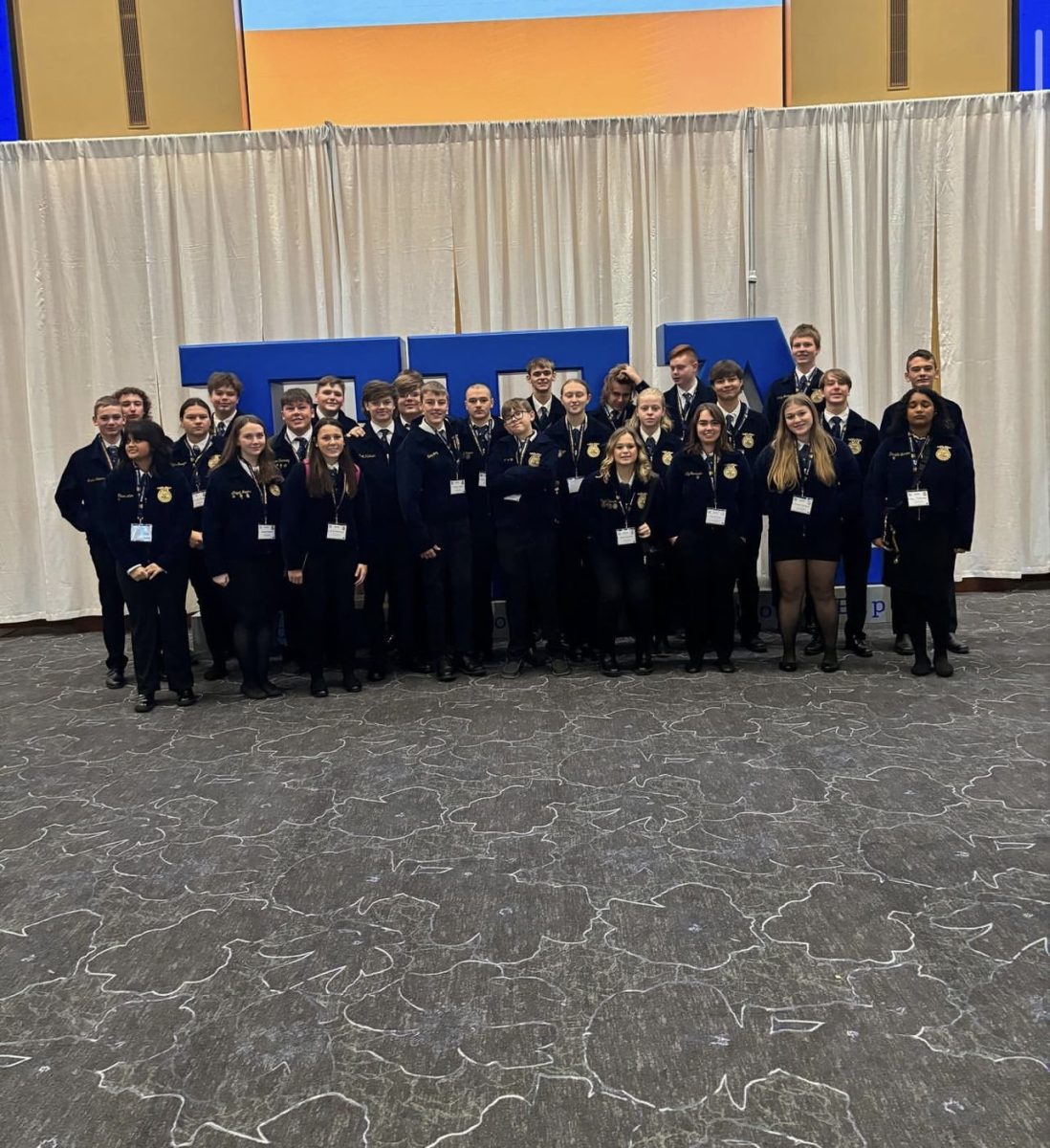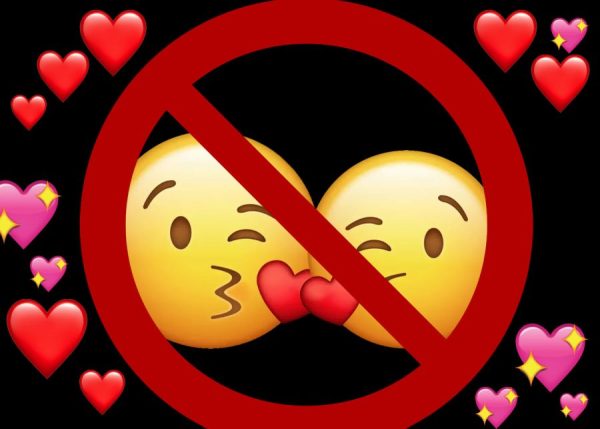Media distorts society’s views
People rely on news coverage to mirror society, and to report the current events occurring in our town, state, country, and world. However, the media is distorting this mirror, thus shaping society, and the way we think. The media controls what we believe, and often times, the important news is left uncovered because the story is not as interesting as another or the media doesn’t want to debut the story to the public. The media is biased and distorted in many different ways.
Oftentimes, the media uses the government, government officials, or government run corporations as their sources. To truly cover a story, one must broaden their variety of sources, which rarely happens in today’s media. It is no coincidence that progressive and public interest voices are underrepresented. The voice of the minority is rarely included in media coverage, making media another avenue for people of power to make announcements.
The lack of diversity doesn’t just affect the sources list. Race and gender at the news outlet can often be one-sided. How many producers, editors, news anchors, and overall decision-makers of news companies are women, people of color, openly gay, from different socioeconomic statuses, or age ranges? The guest lists are often stacked as well. A survey of PBS’s NewsHour found that their guestlist was 90% white and 87% male.
There are two sides to every issue. Generally, we hear about how each issue affects big corporations or politicians, but rarely about the people who are directly affected by the issue. For example, when economics are being discussed, we hear about the hits large corporations or stockholders are enduring. When do we hear about the work force or consumers? During the large debate on abortion, all quotes and opinions were gathered from older males, none from young women, those most at stake with the debate.
Another avenue of gross distortion is double standards. If a white 20-something male commits a rape, the media is flooded with the tragedies he has endured during his life and how he has been led astray. If an African American youth commits a white-collar crime, he is referred to as a criminal and predator. These standards occur in featuring as well. If a government official committed the same crime as a working class man, the government official would be on page B16. The other man would make the front page.
Similarly, stereotypes affect the media. When covering drug use, African Americans are almost exclusively covered, when statistically, the majority of drug users are white. When covering welfare it is not accurately portrayed racially, either. Gay men are portrayed as sexual predators in any case containing another male or child, just as feminists and lesbians are seen as “man-hating extremists.” Stereotypes affect how everyone sees a criminal. Is this due to human nature or is it just what media has always taught us to think?
Media distortion also occurs when relevant factors of the story are not reported, but others are. When covering a story on welfare, the media focuses on when the couple had their first kid or how many different husbands the woman has had. This makes the claim that the woman’s promiscuity is the reason for her family’s economic status, not other economic factors such as education, her family’s economic status, and the recession. The same judgement is passed on to rape victims. Often the victim’s sexual history is put on display, despite the fact that it is completely irrelevant. The media use positive and negative aspects of a case to shape society’s view on victims and criminals.
The media makes and shapes the story in the way they choose. They use stereotypes, loaded words, and out-of-context material to create their desired result in society’s reaction. It is apparent that stories are not and probably never will be accurately represented, so that should always be kept in mind before making decisions and judgments on issues portrayed by the media.

Miranda Edwards is a senior at Delphi Community High School and this will be her third year on the Parnassus staff. She is also a member of the yearbook...





















